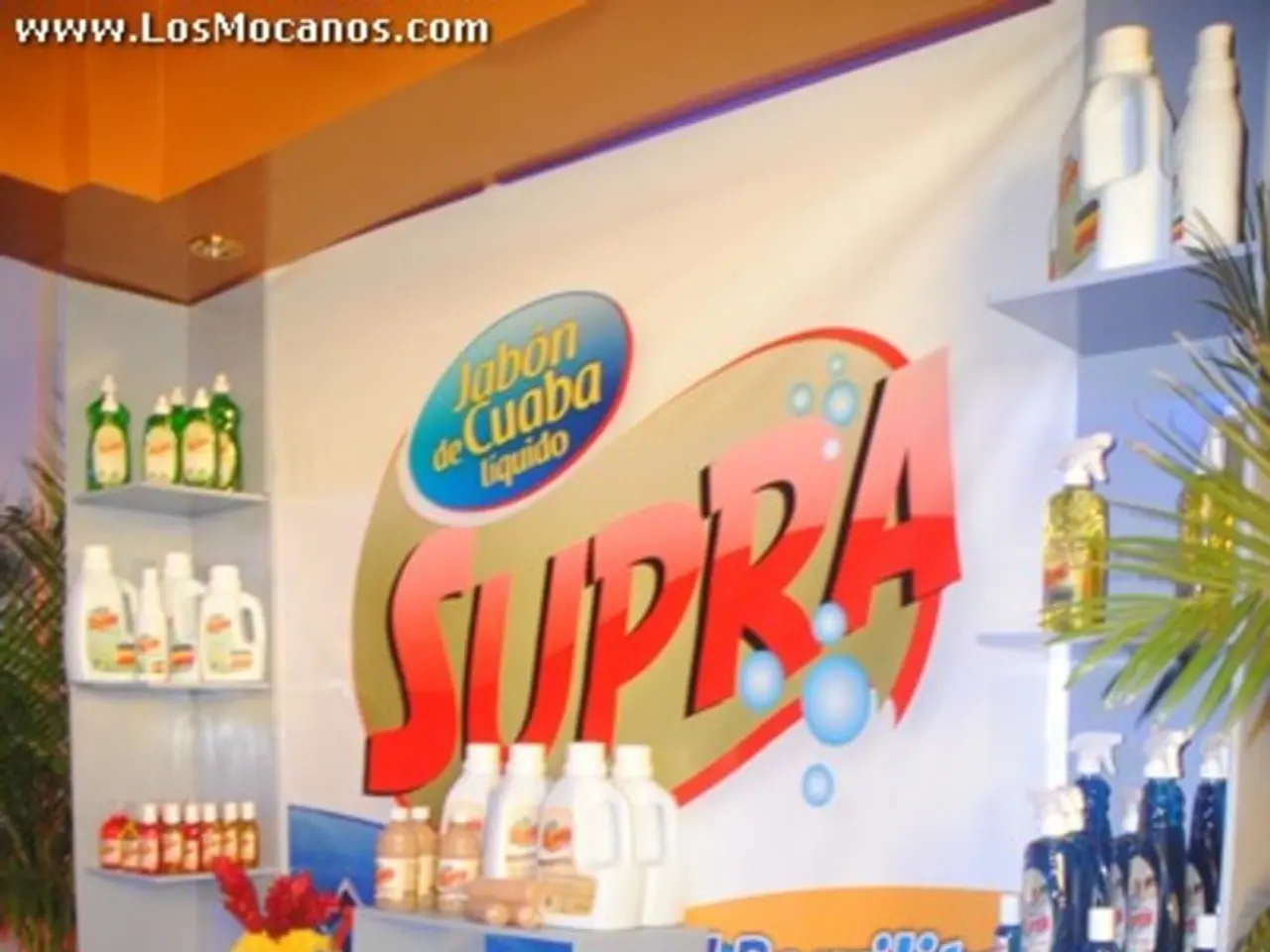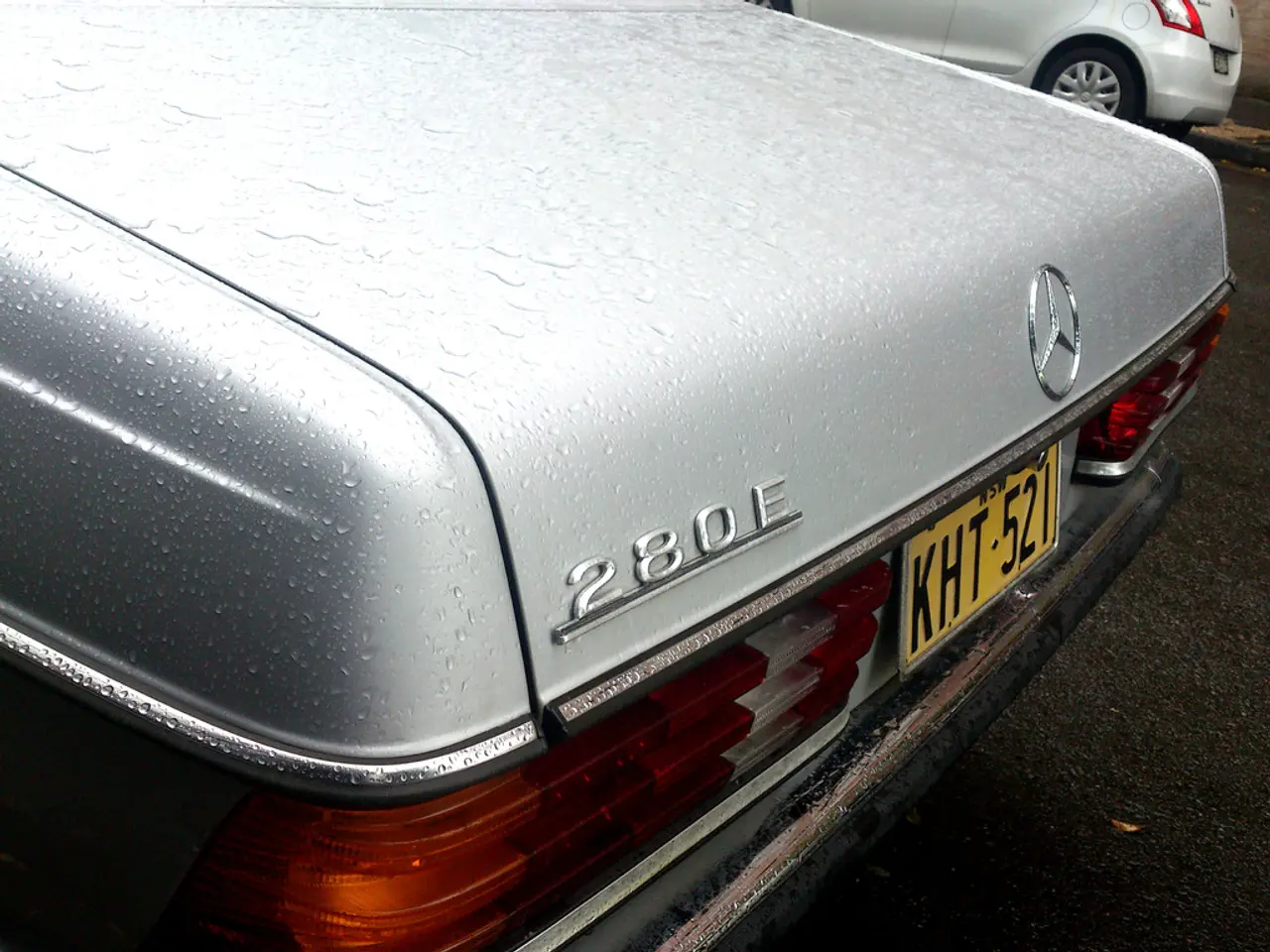IKEA reduces annual plastic consumption by 1,400 tons through the implementation of paper-based fitting bags.
IKEA, the renowned furniture retailer, has initiated a significant sustainability effort by replacing plastic fitting bags with paper-based alternatives, marking a major step towards its goal of using only renewable and recyclable materials in its packaging.
This move is part of IKEA's broader Plastics Out Agenda, an ambitious plan to phase out all plastic consumer packaging by 2028. The replacement will reduce IKEA's virgin plastic consumption by approximately 1,400 tons annually.
The new fitting bags, used to contain screws, bolts, and Allen keys in flatpack furniture, are produced in-house at IKEA Components factories in Slovakia and China. They are made from paper derived from production waste and wood residue, sourced both internally and from external suppliers, showcasing a circular approach to materials.
Although the paper bags currently include a thin plastic coating to ensure durability and functionality, IKEA is actively researching renewable alternatives to replace this plastic layer, aiming to have fully recyclable and renewable packaging soon.
The new paper bags will gradually be introduced in new product collections such as STOCKHOLM 2025 and selected ranges like PAX and KALLAX, with full implementation expected by 2028.
This transition represents a major step towards IKEA’s goal of using only renewable and recyclable materials in its packaging. It underscores how even minor packaging components can contribute to substantial reductions in plastic use when redesigned sustainably. IKEA spent several years testing various material solutions before settling on this paper-based option, emphasizing a careful research and development process focused on environmental impact without compromising product quality.
Maja Kjellberg, Packaging Development Leader at IKEA, stated that the packaging redesign represents a broader mindset shift at the company. This shift reinforces IKEA's continued commitment to circular materials and carbon reduction across its global supply chain.
Sources: [1] IKEA Newsroom. (n.d.). IKEA Components phasing out plastic bags. Retrieved from https://www.ikea.com/ms/en_GB/about-ikea/news-and-stories/ikea-components-phasing-out-plastic-bags [2] IKEA Newsroom. (n.d.). IKEA's paper-based bags: a step towards a plastic-free future. Retrieved from https://www.ikea.com/ms/en_GB/about-ikea/news-and-stories/ikes-paper-based-bags-a-step-towards-a-plastic-free-future [3] IKEA Newsroom. (n.d.). IKEA announces new packaging design for flatpack furniture. Retrieved from https://www.ikea.com/ms/en_GB/about-ikea/news-and-stories/ikea-announces-new-packaging-design-for-flatpack-furniture
- IKEA's replacement of plastic fitting bags with paper-based alternatives in environmental-science research demonstrates the company's commitment to reducing plastic use and promoting sustainability in the industry.
- The finance department of IKEA is likely to see significant savings in the long term with the implementation of renewable and recyclable materials in their packaging, contributing to environmental-science and carbon reduction initiatives.
- As businesses increasingly focus on climate-change mitigation, IKEA's successful transition to paper-based packaging can serve as a model for other industries to embrace sustainable practices in their operations and product development.




